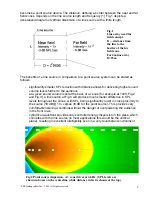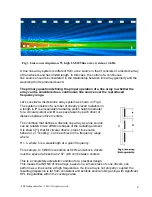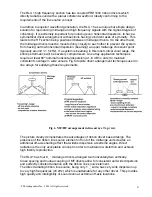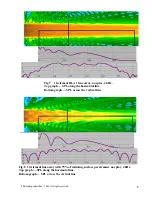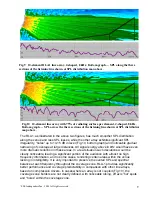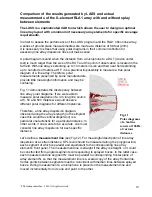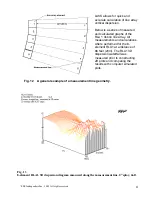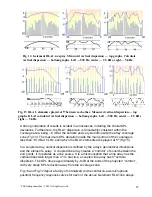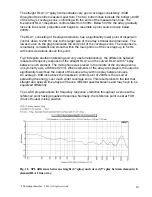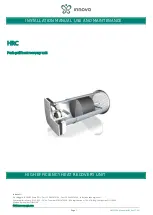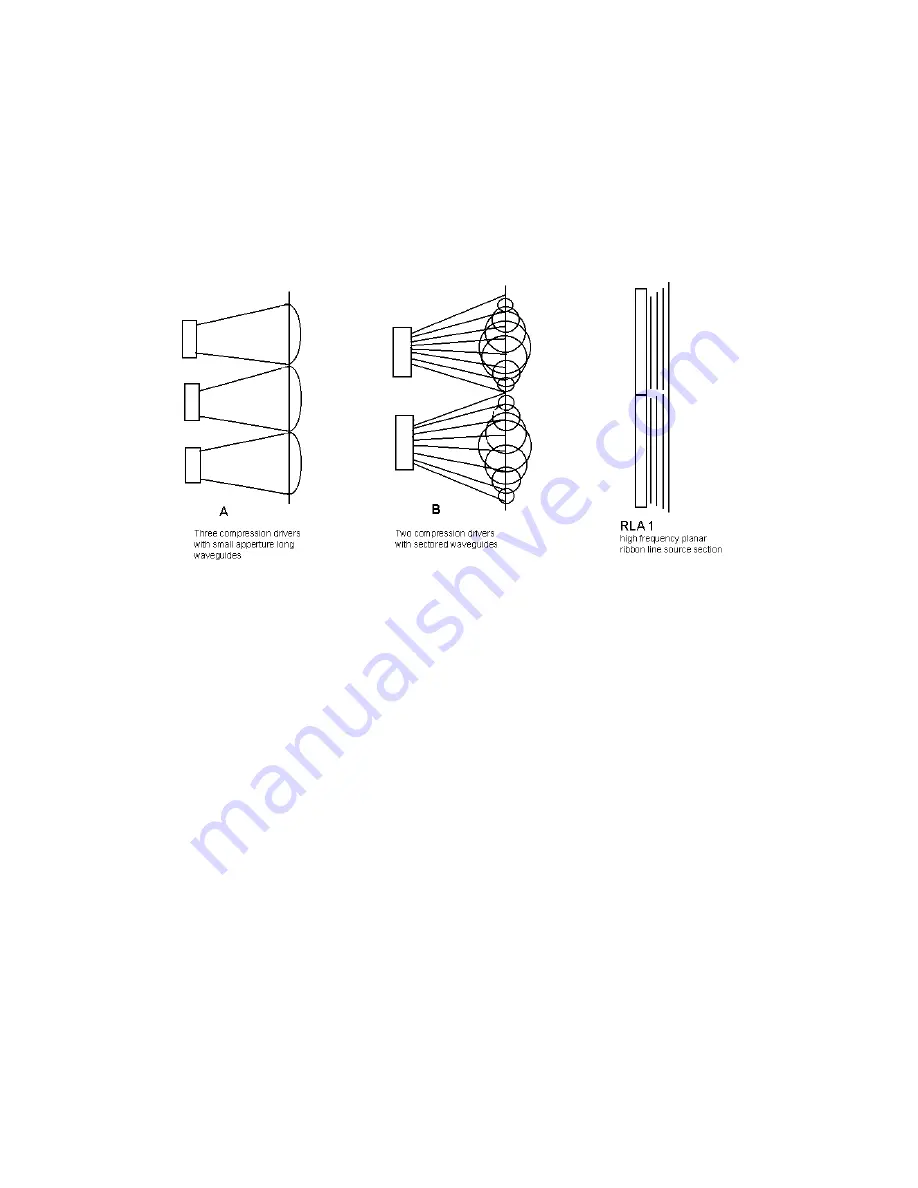
' SLS loudspeakers Inc., 2002. All rights reserved.
5
It is also stated in [1], that only flat rectangular pistons, radiating a coherent planar wave
and spaced tightly together, can be combined in a true line source system.
Comparison of existing line array design concepts
with RLA 1 technology
Fig.5 shows the comparison of wavefront generation in a typical line array element (one
enclosure) in the RLA 1 high frequency section, along with some other current designs
which use compression drivers.
The picture shows the vertical cross-section of each design.
Design A incorporates long, small aperture waveguides and tightly spaced compression
drivers in an attempt to reduce the curvature of the wavefront at the output of a vertical
integrated slot. The design has its limitations, because the drivers have finite size and
cannot be spaced closely enough. Very long waveguides could also produce wavefronts
with lower curvature at a given output height, but the box has limited depth. Such long
waveguides also introduce significant distortion in addition to the distortion inherent to
compression drivers.
Design B uses another approach. Two compression drivers have sectored waveguides
that supposedly generate a plane wave at the output by “slicing” a wave into thin
segments and producing a line of secondary sound sources at the output. Instead, due to
their different lengths, there is a progressive delay between each channel’s output from
center to periphery. Therefore, the combined wavefront at the output is still far from flat,
having a shape of a sphere segment. Attempts are made in one similar design to
introduce a progressively inverse delay from periphery to the centre in order to generate a
plane wavefront. However, the only possible solution, – using fibrous materials or open
cell foam, does not result in acceptable consistency. Additionally, those materials simply
absorb high frequency energy.
Some other line array designs do not attempt to recreate a planar wavefront at all, and
simply use a stack of horn-loaded transducers. This inevitably leads to further
degradation to the coverage consistency of such arrays.
Fig.5
High
frequency
wavefront
generation
diagram



